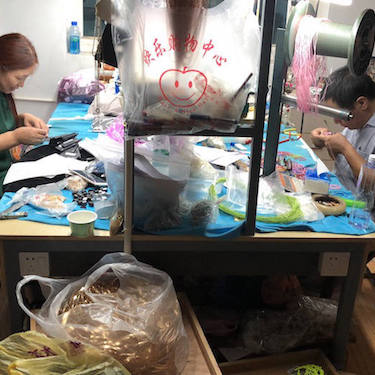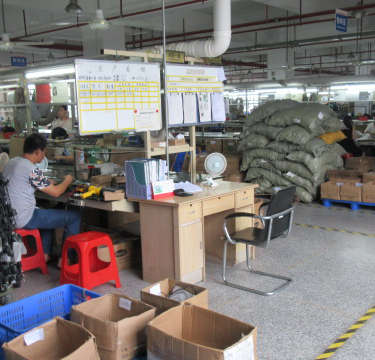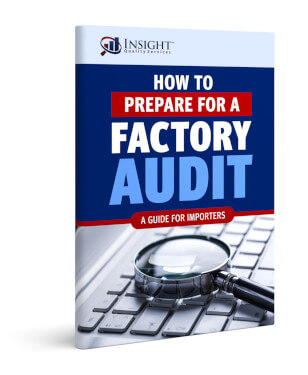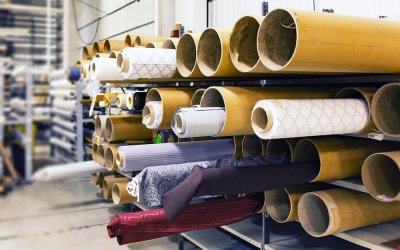With the U.S.-China trade war in full swing, many importers are finding themselves negatively impacted and considering their options.
And with the recently proposed tariffs on $300 billion worth of consumer goods from China ominously looming overhead, many in the U.S. are concerned about seeing their margins shrink.
Does it make sense to move production to Vietnam? Cambodia? India?
It certainly can, but every importer’s situation is a little different. And that transition is not something to be rushed.
So, how do you determine the right move? What are some of the key factors to consider?
The Biggest Challenge is Sometimes Just Starting Over
When you have a supplier that you’ve worked with for some time, you get into a rhythm.

Maintaining existing relationships has its advantages
Even if they’re not perfect, you are fully aware of their weaknesses and have established processes for working with them.
In addition, there are costs you have to consider when getting started with a new supplier. These come in the form of both time and money.
For example, the time and money required to go through the vetting process is nothing to ignore. And if you have a product with custom molds, you might have to pay for new ones.
You can also expect that if you switch to another country in Asia, there will be changes in freight timing.
One of the biggest problems for people looking at new suppliers right now is that many factories in Vietnam and other Asian countries are currently swamped with inquiries.
So, you have to expect a potential delay in communication.
Which Country Should You Move Production To?
When considering where to move production, not just any country will be the right fit for your product.
First of all, there is not one country that can totally replace everything China does.
China is massive and has different regions specializing in different products. Its government has also made huge investments in infrastructure over time.
To get an idea of your options, you need to determine which countries specialize in the product you are selling.
For example, if you are selling shoes and apparel, Vietnam is a good destination. Vietnam is also good for wood products, as is Cambodia. And Indonesia is good for plastics and rubber.
Any country can make anything. But some are stronger in certain areas.
It’s important that you look into the categories that are more developed in a particular country as a starting point for determining whether it is a good fit.
What Steps Should You Take to Start Working With a New Supplier?
There are a number of steps you need to go through before you sign on the dotted line and submit that first purchase order.
The first thing you need to do, of course, is to qualify potential suppliers. And you need to do more than just ask for quotes.

A factory audit can help you qualify suppliers
A potential partner might start off with good pricing, but later you find out they can’t pass a social or environmental audit, and you’re now back at square one.
So importers need to do the proper vetting and perform their due diligence. Once you’ve gathered as much information as you can, you should consider conducting a factory audit on a supplier that seems promising.
When it comes to quoting, watch out for the outliers… Prices that seem too low or too high.
If a supplier is on the expensive side or the inexpensive side, go back at least once to confirm the pricing and make sure they understand exactly what your needs are.
Otherwise, you might get too far down the path of due diligence and then realize that the price has turned out totally different from what you expected at the beginning.
If you want the factory to fully understand your project from the beginning, take the time to ensure your product specifications are clear.
Once you’ve done the due diligence and confirmed pricing, it’s time for sampling. If the sample meets your expectations, you want to consider doing a trial run rather than a full-sized order, if possible.
You may be able to work your way up to a first full-sized order from there.
The Key Things to Remember
Keep in mind that the process of moving to a new supplier doesn’t happen overnight.
You’re establishing a new relationship and you need to take it slow.
When red flags come up, make sure they are addressed, as these can be indicators of problems that would compound over time if not resolved.
Clear communication is important. Before reaching out to manufacturers, make sure your technical specifications are clear and you have a complete BOM (bill of materials), if necessary.
As part of your qualification process, be sure to consider conducting a supplier audit through a third-party.
Free Guide
How to Prepare for a Factory Audit
A factory audit helps you assess a supplier's systems, capacity, workplace environment, or capabilities to ensure they meet your requirements as a buyer.
But which type of audit should you conduct, and which points should you cover on your checklist? In this free guide, you'll learn how to run an effective supplier assessment.





0 Comments